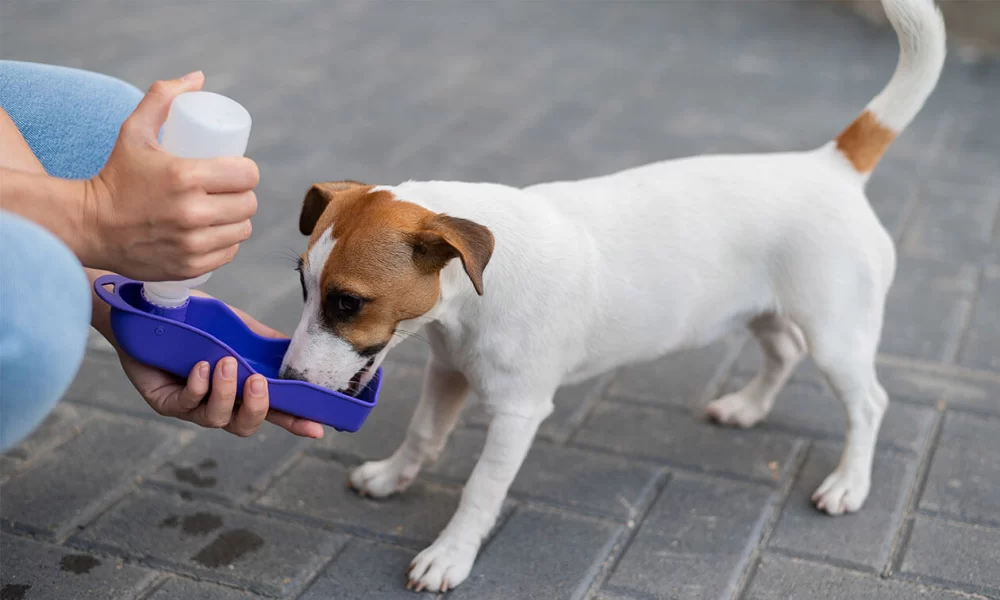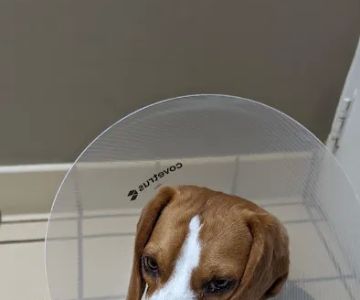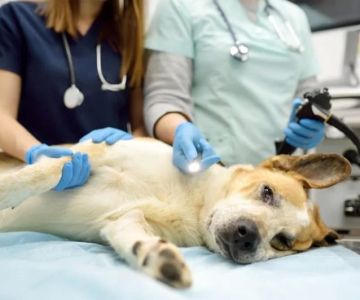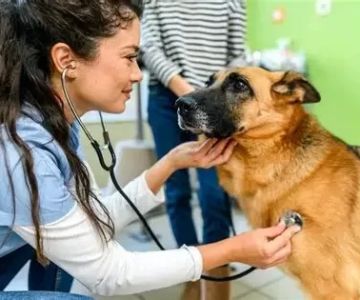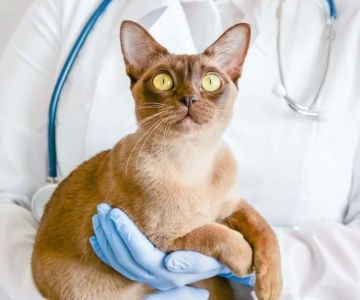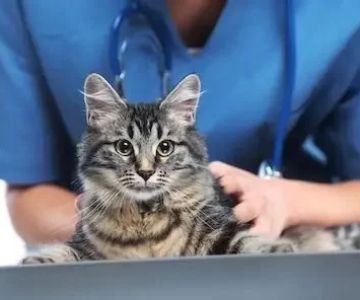Recognizing and Addressing Dehydration in Pets: Essential Tips for Pet Owners
As a loving pet owner, there’s nothing more concerning than seeing your furry companion feeling unwell. One of the most common but often overlooked health issues in pets is dehydration. Whether it’s a hot summer day, or your pet is recovering from illness, dehydration can sneak up on your pet without warning. It’s essential to recognize the signs early and take action to address the problem before it becomes more serious.
What Is Dehydration and Why Does It Happen?
Dehydration occurs when a pet loses more water than they take in, leading to an imbalance in their body. Since water makes up about 60% of a dog’s body weight and even more for cats, it's no surprise that dehydration can have significant impacts on their health. Pets lose water through everyday activities such as urination, panting, and even sweating (though they sweat less than humans). Extreme weather conditions, illness, or a lack of fresh water can easily lead to dehydration.
For my own pet, Bella, a curious Border Collie, dehydration was something I didn’t fully understand until she got sick one summer afternoon. I had just taken her on a long walk, and when we got home, I noticed she was panting excessively and seemed lethargic. I didn’t think much of it until I noticed her gums looked a little pale, and she was not drinking water like usual. That’s when I realized how critical it was to ensure that pets stay hydrated, especially in the warmer months.
Signs and Symptoms of Dehydration in Pets
Recognizing dehydration early can be tricky, especially since symptoms can vary depending on the pet and their condition. Here are the most common signs of dehydration in pets:
- Dry Nose and Gums: A pet’s nose should be moist. If it's dry and crusty, it could be a sign of dehydration. Gums will also appear pale or dry rather than wet and pink.
- Excessive Panting: Panting is normal in pets, especially dogs, but if it seems excessive or they can’t cool down, this could indicate dehydration.
- Loss of Appetite: When pets don’t feel well or are dehydrated, they may lose interest in food. For Bella, I noticed she refused her favorite treat when she wasn’t getting enough water.
- Lethargy: Dehydration can make your pet feel tired and weak. They may become sluggish or less responsive, which could signal a more serious health issue.
- Skin Tent Test: This is a simple way to check hydration in pets. Gently pinch a small amount of skin on the back of their neck or between their shoulder blades. If the skin doesn’t spring back quickly, it could indicate dehydration.
- Increased Heart Rate: When a pet is dehydrated, their heart rate may increase in an attempt to compensate for the lack of fluids in their system.
What Causes Dehydration in Pets?
There are many reasons a pet may become dehydrated. It can happen from something as simple as not drinking enough water, or it could be a symptom of a more serious underlying health issue. Here are some common causes of dehydration:
- Hot Weather: During the warmer months, pets, particularly those with thick coats or short noses, may struggle to stay hydrated. Extreme heat can cause pets to pant more, which leads to fluid loss.
- Illness: Vomiting, diarrhea, fever, or kidney disease can all contribute to dehydration. Pets with these conditions often lose water quickly, which can make their symptoms worse.
- Not Enough Water: This might seem obvious, but some pets simply don’t drink enough water, particularly if they are picky about the water bowl or don’t have access to fresh water throughout the day.
- Exercise: After an intense exercise session or a long walk, pets can lose a significant amount of water through panting. Without sufficient fluid intake, they may become dehydrated.
How to Prevent Dehydration in Your Pet
Prevention is always better than treatment, and the good news is that keeping your pet hydrated is relatively simple. Here are several ways you can ensure your pet remains hydrated:
- Provide Fresh Water: Make sure your pet always has access to clean, fresh water. Some pets are more attracted to running water, so consider getting a pet water fountain.
- Hydrating Food: Certain wet foods can help with hydration, especially if your pet isn’t drinking enough water. This is particularly beneficial for cats who tend to drink less water than dogs.
- Encourage Drinking: You can try adding ice cubes to your pet’s water bowl or offer them flavored water (unsweetened and safe for pets) to make drinking more enticing.
- Exercise in Cooler Times: If you have an active pet, avoid taking them for walks or outdoor play during the hottest parts of the day. Early mornings or evenings are better times to be outside.
- Monitor Their Health: If your pet is sick, make sure they’re drinking enough fluids. Consult your vet if you suspect dehydration due to illness, as they may need IV fluids to recover.
Treating Dehydration in Pets
If your pet shows signs of dehydration, it’s important to act fast. Mild dehydration can often be addressed at home, but if your pet is severely dehydrated, immediate veterinary care is essential. Here are a few treatment tips:
- Offer Small Amounts of Water: If your pet is reluctant to drink, offer small amounts of water every 15 minutes. You can also try offering ice cubes or ice chips to encourage them to drink.
- Electrolyte Solutions: There are special electrolyte solutions made for pets that can help restore their hydration levels. These are often recommended by veterinarians.
- Visit Your Vet: For severe dehydration, your pet may need an intravenous (IV) fluid infusion. If you’re unsure, always reach out to a veterinarian who can assess the situation.
A Personal Story: Bella’s Hydration Journey
One of the most memorable experiences I’ve had as a pet owner was when Bella, my Border Collie, became severely dehydrated. After a long walk on a particularly hot day, I noticed her acting strange. She wasn’t drinking enough water, and she became lethargic. As I took her to the vet, I learned that dehydration can happen quickly in pets, especially in hot weather. With the vet’s help and some simple changes to Bella’s hydration routine, she recovered quickly. It was a wake-up call for me and made me more diligent about ensuring that Bella always has access to fresh water, no matter what time of year it is.
Dehydration is a serious health issue for pets, but as a pet owner, you have the power to prevent and address it. By understanding the signs, causes, and solutions, you can help ensure that your pet stays healthy and happy for years to come.

